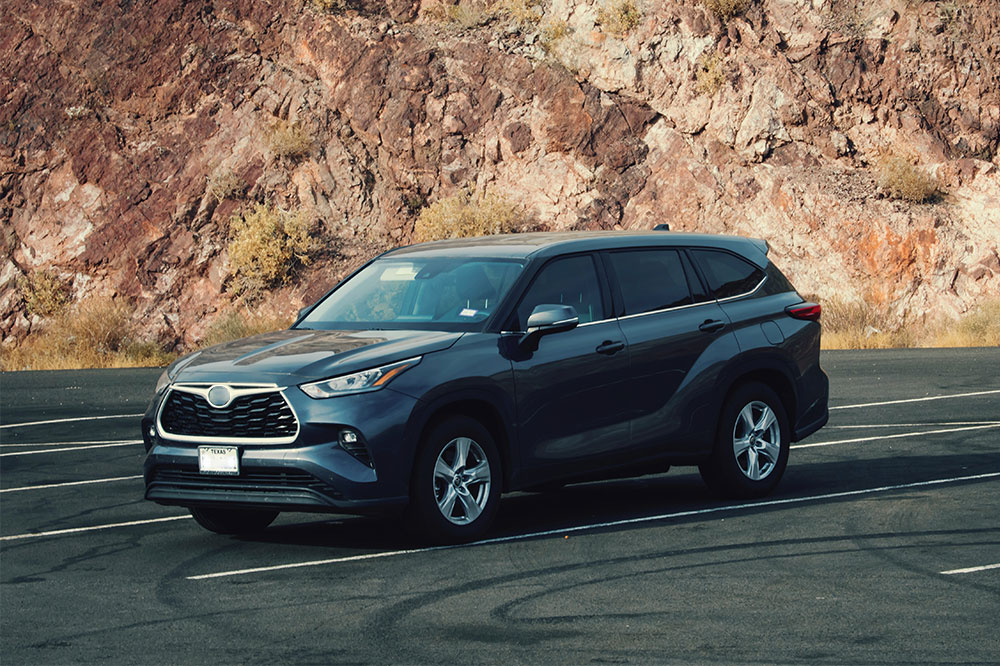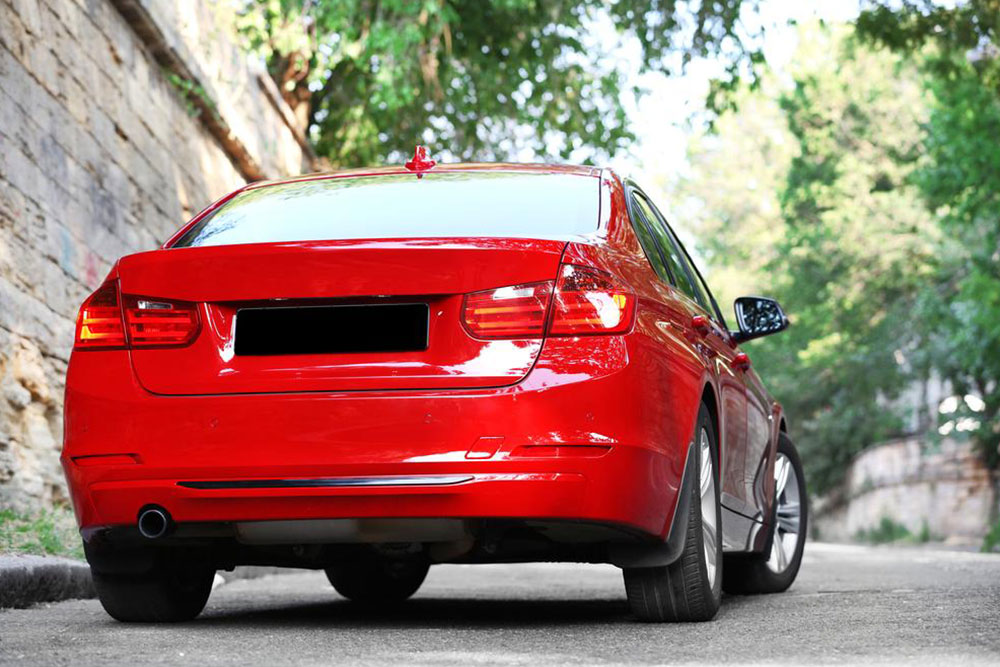Comprehensive Guide to Minivans: Benefits, Limitations, and What to Consider Before Buying
Discover the comprehensive advantages and disadvantages of choosing a minivan. From spacious passenger seating and advanced safety features to considerations like fuel efficiency and cost, this guide covers everything you need to know before purchasing. Learn how modern minivans blend comfort, versatility, and practicality, making them ideal for large families and active lifestyles. Evaluate whether a minivan aligns with your needs and make an informed decision with insights into their benefits and limitations.

Comprehensive Guide to Minivans: Benefits, Limitations, and What to Consider Before Buying
In recent years, minivans have established themselves as a popular choice among families and individuals seeking a multifunctional vehicle. Known for their spacious interiors, versatile features, and stylish design, minivans blend practicality with comfort, making them a highly sought-after option in the automotive market. Their unique combination of capacity, convenience, and family-friendly features have made them a preferred vehicle type for active families, road trip enthusiasts, and those needing extra cargo space.
Understanding the nuances of minivans—including their advantages, disadvantages, and the key factors to consider before making a purchase—is essential for anyone considering this vehicle type. This detailed guide aims to provide a comprehensive overview of what makes minivans a compelling choice, alongside their potential limitations.
Thanks to their flexible design and ample storage capabilities, minivans are favored by many consumers. However, it’s crucial to assess whether their features align with your specific driving needs and lifestyle requirements before making a commitment.
Advantages of Choosing a Minivan
One of the foremost benefits of a minivan is its exceptional passenger capacity. Typically able to comfortably seat 7 to 9 occupants, minivans are ideal for large families, carpooling groups, or anyone who frequently transports multiple passengers. Despite their larger size compared to standard sedans, they offer remarkably smooth handling, even on bumpy or uneven terrains, ensuring passenger comfort and safety.
Modern minivans come equipped with a range of advanced features aimed at enhancing safety, comfort, and convenience. These include four-wheel disc brakes, Anti-lock Brake Systems (ABS), Electronic Stability Control (ESC), and traction management systems that empower drivers to maintain control regardless of road conditions. Additionally, many models feature sliding doors, which simplify entry and exit in tight parking spaces, and spacious cargo areas perfect for luggage or sports equipment.
Furthermore, features like adjustable and removable seating allow for interior reconfiguration based on specific needs—whether carrying passengers or larger items. Some models include dedicated storage compartments, fold-away seats, and multi-panel seating arrangements, making them highly adaptable for different scenarios. Technological enhancements, such as rearview cameras, parking sensors, and infotainment systems, also contribute to a more enjoyable and safer driving experience.
The manageable size and ease of handling make minivans feasible for everyday city driving, suburban commutes, and long-distance road trips, offering a blend of utility and comfort that appeals to a broad demographic.
Limitations and Considerations of Minivans
While minivans boast numerous advantages, they are not without some limitations. A primary concern for many potential buyers is fuel economy. Compared to smaller sedans and SUVs, minivans tend to consume more fuel, which can result in higher operational costs—particularly during periods of rising fuel prices or scarcity. This aspect may influence budget-conscious consumers or those who prioritize fuel efficiency in their vehicle choices.
Price is another factor to consider. High-end models equipped with advanced features and premium materials can be quite costly, making them less accessible for budget buyers. Value for money should be assessed based on usage needs, lifetime costs, and the benefits derived from the vehicle’s capacity and features.
In terms of aesthetics, some may find minivans less stylish or sporty compared to SUVs or crossovers, which are often perceived as more trendy and appealing. While newer designs are improving in terms of modern appearance, they still may not match the visual appeal of alternative vehicle types for some consumers.
Another consideration involves driving dynamics. Although they perform well in most situations, their larger footprint requires careful maneuvering in tight spaces and crowded parking lots. Visibility can sometimes be limited, especially in the rear, necessitating the use of backup cameras or parking sensors.
Lastly, it’s important to evaluate the specific needs of your household or lifestyle. Minivans are particularly advantageous for large families or frequent travelers who require significant passenger and cargo capacity. However, for single individuals, couples, or those seeking sporty or compact vehicles, other options might be more appropriate.
In summary, selecting a minivan requires a balanced understanding of their benefits and drawbacks, alongside careful assessment of personal driving habits, budget, and space needs. When chosen thoughtfully, a minivan can serve as an exceptionally versatile and comfortable vehicle that adapts seamlessly to various lifestyles and demands.





